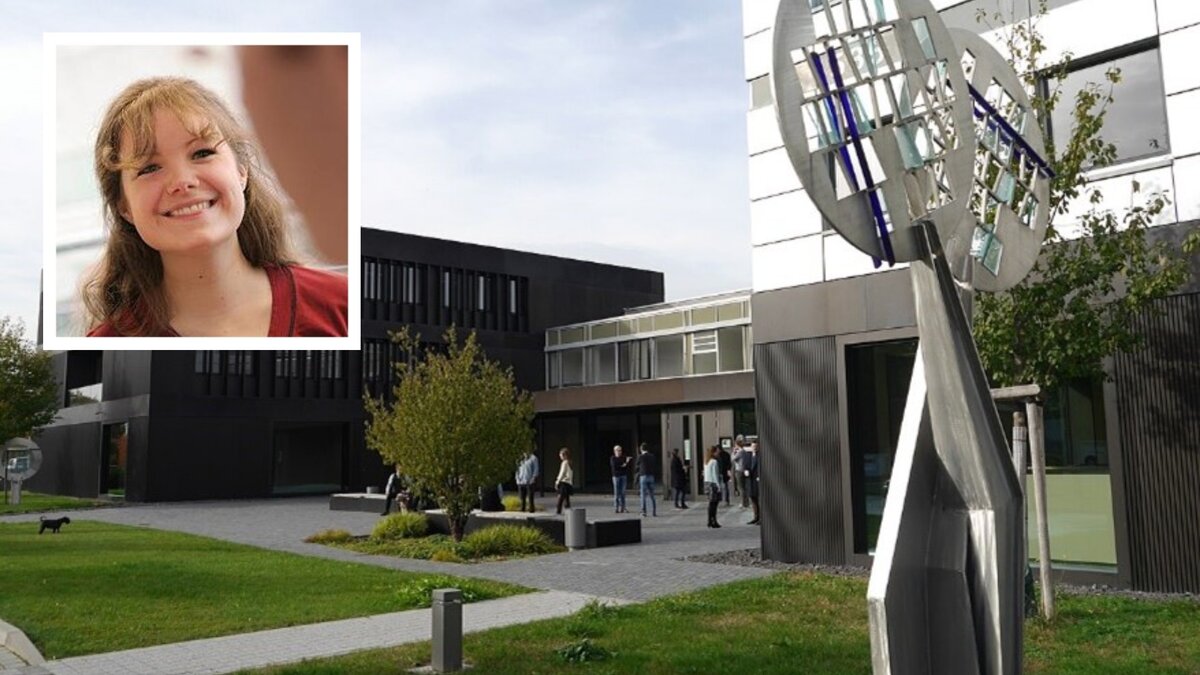The marketing communication of the Catholic Church
- 31.07.2024
- General

On the occasion of her guest lecture in the course Advertising Psychology in the bachelor's degree program Marketing & Communication Management at the Kufstein University, Prof. Dr. Bert Neumeister spoke with Dr. Katharina McLarren, Senior Research Fellow at the Max Planck Institute in Heidelberg, on the topic of marketing in the Catholic Church.
BN: 1.4 trillion followers - between posts and prayers. How did you come up with the topic for your talk?
KM: So far, I have examined the Roman Catholic Church as a transnational actor in politics, often in comparison to other religious actors. In doing so, I have been struck by the extraordinary breadth and adaptability of the media that this actor has at its disposal and also uses. For example, the Pope speaks at World Youth Days in front of an audience of millions - on Copacabana Beach in Brazil in 2013 there were around three million. On X, Pope Francis communicates via nine accounts in just as many languages. My observation is that the Catholic Church not only reaches its own followers, but also a much larger audience, especially when it comes to global issues such as people on the run or responsibility towards the climate.
BN: Does the Catholic Church use targeted marketing communication? Does the Vatican have its own department for this?
KM: The Holy See has a long tradition when it comes to communication strategies. It has had its own printing press for 400 years, its own radio station for 90 years and an internet presence for over 25 years. In 2015, Pope Francis created the so-called Dicastery for Communication, which merged existing departments such as the press, television, radio and social media. He justified this step with the new challenges posed to the Church's mission, but also with better management. According to media reports, only the diplomatic service has a larger budget than this dicastery. The content is now offered in over 53 languages, according to its own information.
BN: How active is the Catholic Church on social media?
KM: Pope Francis has accounts in nine different languages on X and his posts were viewed up to 27 billion times in 2020, the year of the pandemic. I have spoken here primarily about the Pope's official channels, but it is also important to bear in mind that the Catholic Church communicates on very different levels. There are the local parishes that use social media to exchange information about parish life and create a sense of cohesion. There are also dioceses at regional level and bishops' conferences at national level, which have additional communication channels. However, there are also various other groups and initiatives that also use social media to create identity.
BN: Could the Catholic Church also be seen as a global brand?
KM: There is indeed research on religion as a brand, especially on the Catholic Church. Ignatowski, Sułkowski and Seliga have analyzed the brand management of the Church in Poland. Baster, Beresford and Jones have found that the Catholic Church as a brand enjoys great loyalty in England and Wales, but warn against making too much use of marketing language. According to Mara Einstein, one could certainly speak of a global brand. But she also suggests that religious marketing is a balancing act, because on the one hand, she argues, religions are trying to stay relevant and at the same time they need to stay true to their own beliefs. Whether the Catholic Church can actually be defined as a brand, I leave to the experts. You could also turn the question around and see what you can learn from the Catholic Church in terms of marketing? This seems particularly promising to me because it still has over a billion followers despite crises, scandals and the zeitgeist.
BN: Membership figures are increasing globally. What role do marketing activities play in this?
KM: The phenomenon of eventization often crops up in connection with the marketing of the Catholic Church. The aforementioned World Youth Day is an example of such eventization - it not only brings millions of people together, but also sends images of the joy and hope of young people out into the rest of the world. In addition to such events, which are certainly intended to contribute to a positive image of the Catholic Church among younger people, the Catholic Church also manages to fulfill central tasks such as pastoral care with the help of new communication channels. However, authors such as Abreu point out that marketing is ultimately only a means and can never take over the core tasks and messages of a religion. On the contrary, marketing can even lead to desacralization, i.e. an emptying of content, according to Abreu. However, while the Catholic Church as an enduring institution has learned to adapt to new forms of communication, I would not attribute the rising membership numbers solely to marketing activities, but that is a topic for another conversation.
BN: What are you currently researching at the Max Planck Institute for Comparative Public Law and International Law?
KM: In my research, I am currently comparing how religious actors, including the Catholic Church, position themselves on international law in international politics. From a historical perspective, I am also interested in whether they are actively involved or speak out when states violate international law, for example when they commit mass crimes. How do religious actors get involved in international politics and do they contribute to upholding international law?
BN: Thank you once again for the exciting presentation and the subsequent discussion with the students. I wish you continued success with your research projects.
